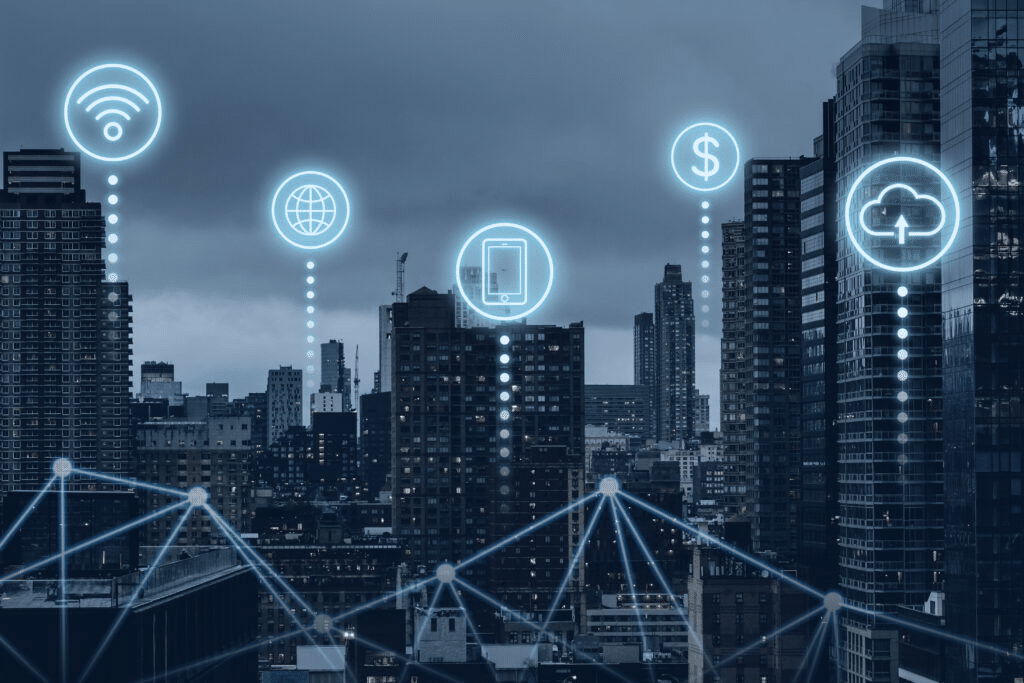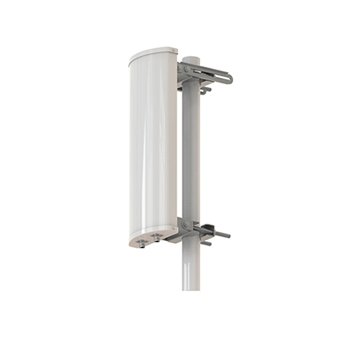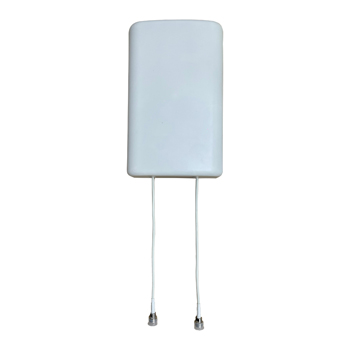
Our way of living and working is changing as a result of the Industrial Internet of Things (IIoT), a rapidly expanding industry. The latest developments in sensors, wireless communication, and data analytics are integrated with traditional industrial equipment to enable real-time monitoring, predictive maintenance, and better decision-making. The Low Power Wide Area Network (LPWAN) is a fundamental component of the IIoT. A wide variety of IIoT use cases are made possible by LPWANs, which offer dependable and affordable wireless connectivity across great distances. In this article, we will discuss LPWAN use cases in Industrial IoT (IIoT).
Table of Contents
ToggleLPWAN Use Cases in Industrial IoT (IIoT)
1. Asset Tracking
One of the most popular IIoT use cases is asset tracking. In order to track the location, state, and status of assets like cars, machinery, and equipment, sensors and LPWANs are used. Businesses may boost productivity, minimize downtime, and optimize operations by keeping an eye on the location and health of their assets. For instance, mining equipment, which is frequently situated in distant and challenging areas, can be tracked using LPWAN-enabled asset tracking to keep track of its location and state.
2. Condition Monitoring
Another frequent application for IIoT is condition monitoring. Industrial equipment like pumps, motors, and turbines are monitored for health using sensors and LPWANs. Businesses may save downtime and avoid malfunctions by monitoring the status of their equipment. so that preventive maintenance can be carried out. The vibration, temperature, and other data of a pump, for instance, can be tracked by LPWAN-enabled condition monitoring, allowing for the early identification of any flaws.
3. Predictive Maintenance
Predictive maintenance, a more effective form of condition monitoring, uses data analytics to anticipate when a repair is necessary. Companies can identify trends and anomalies that point to possible problems using data from sensors and other sources. Preventive maintenance is thus made possible, resulting in less downtime and greater machine dependability. For instance, data from sensors on a wind turbine can be analyzed using LPWAN-enabled predictive maintenance to enable early diagnosis of possible faults.
4. Environmental Monitoring
Environmental monitoring is an important application for the IIoT, especially in sectors like agriculture and food production. In order to track environmental variables like temperature, humidity, and soil moisture, sensors and LPWANs are used. Businesses can enhance productivity and optimize their operations by keeping an eye on these indicators. To ensure that food is stored at the proper temperature and to avoid rotting, LPWAN-enabled environmental monitoring, for instance, can be used to track the temperature and humidity of a food storage facility.
What can Tesswave do for you?
Tesswave provide 100+ antenna products and you can contact us for antenna customized solutions, get in touch with us today to get a Free quote.
Get an Instant Quote
Get a FREE quote and we will contact you within an hour
5. Energy Management
Particularly in industries like industry and utilities, energy management is a significant IIoT application case. It tracks energy use and identifies areas for energy savings utilizing sensors and LPWANs. By tracking their energy use, businesses may identify inefficiencies and implement strategies to reduce costs and energy use. To track a plant’s energy use and identify areas where it can be reduced, for example, LPWAN-enabled energy management can be employed.
6. Water Management
Water management, notably in the agricultural and utility industries, is a well-known IIoT application case. Using sensors and LPWANs, water use and quality are monitored. Monitoring water usage and quality enables businesses to maximize operations and ensure legal compliance. It is possible to track the quantity and quality of water used on a farm, for example, thanks to LPWAN-enabled water management. As a result, contamination is stopped and water resources can be used efficiently.
7. Logistics and Supply Chain Management
Logistics and supply chain management are key IIoT use cases, especially in industries like manufacturing and retail. Sensors and LPWANs are used to track and monitor the flow of resources and items across the supply chain. By monitoring the supply chain, businesses may improve operations and boost efficiency. For instance, firms can identify potential delays and take the necessary action thanks to real-time tracking of the locations of commodities utilizing supply chain management and logistics provided by LPWAN.
8. Safety and Security
Particularly in sectors like mining and oil & gas, safety and security are significant use cases for the IIoT. To keep an eye on employee and asset security, sensors and LPWANs are used. Businesses can reduce risk and prevent accidents by monitoring security and safety. For example, LPWAN-enabled safety and security can be used to keep track of the whereabouts and well-being of mine workers, assuring their security and averting mishaps.
9. Remote Monitoring and Control
There are several applications for IIoT, particularly in the energy and utility industries. Remote control and monitoring are one of these uses. For remote equipment and process monitoring and control, sensors and LPWANs are used. By remotely monitoring and managing equipment, businesses may lower expenses while boosting efficiency. For instance, performance can be improved by using LPWAN to monitor and manage a wind turbine remotely.
10. Waste Management
Especially in sectors like manufacturing and food production, waste management is a crucial application for IIoT. To track garbage generation and disposal, sensors, and LPWANs are used. Businesses may improve operations and save waste by keeping an eye on waste generation and disposal. In order to adopt measures to reduce waste output and enhance sustainability, for instance, LPWAN-enabled waste management can be used to track the quantity and kind of garbage produced by a manufacturing facility.
We may anticipate more LPWAN technology innovation and acceptance in the industrial sector as the IIoT expands. LPWAN technology is a practical option for Industrial IoT use cases due to its low-power, long-range features. By using it, industries like smart agriculture, smart cities, and environmental monitoring may maximize resource utilization while lowering costs. As IIoT develops, LPWAN is poised to play a significant role in the industrial digital transformation.
Conclusion
The IIoT relies on LPWAN technology, which offers dependable and affordable wireless connectivity across vast distances. Companies may monitor and manage their operations in real-time utilizing sensors and LPWANs, which enhances productivity, decision-making, and efficiency. The ten LPWAN use cases covered in this article show the broad spectrum of IIoT applications for LPWAN technology, from waste management and sustainability to asset tracking and condition monitoring.








